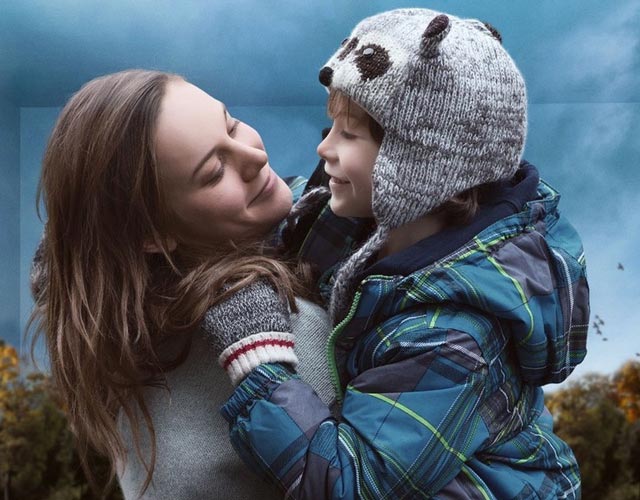Oscars 2016 Best Picture Review: ‘Room’ Challenges Expectations

4/5
Room tells a story that is as disturbing and horrifying as it is rendered magical through the lens of director Lenny Abrahamson. Based on the 2010 best-selling novel by Irish-Canadian writer Emma Donoghue, who also adapted the text for the screen, the film asserts the importance of subjectivity and perception.
Five-year-old Jack (Jacob Tremblay) was born and raised in captivity in a 10 ft. by 10 ft. room. All he has even known is this room, or simply Room, and the fantastic stories that his mother, Ma (Brie Larson), has told him. The mother plots their breakout, which precipitates Jack’s discovery of an entirely new world beyond the four walls of Room.
‘Room’ Movie Review
Room challenges the viewers’ expectations from its very premise. It is not a film about kidnapping, violence, crime. It is in some ways a tale about imprisonment, but still in so many ways not the kind of tale the audience might expect. This is one of the reasons why the writer chose to work with Abrahamson as director. He wanted to preserve the integrity of the novel by avoiding what he considers would be a conventional portrayal of the story at hand. Room is unlike any other film with similar themes because of its unique viewpoint through the restricted yet expanding perception of young Jack. The film is fundamentally challenging not only because of its perspective but also because so few best picture nominees are so focused solely on one woman’s hardship.
Abrahamson is extremely sensitive about the portrayal of space and physical dimensions. The scenes in the first half of the movie and saturated with extreme close-ups of the mother and child as they converse, blurring the viewer’s perception of the space the characters inhabit by forcing us to only focus on their faces. At the same time, Abrahamson often buts back to a wider shot that serves as a symbolic reality check as if reminding us and our willingness to step into Jack’s childishly innocent worldview that this is, in fact, a very dire predicament. The film’s visual nuances in the portrayal of space flow well together and highlight the striking difference in interiority between mother and son.
The film’s visual nuances in the portrayal of space flow well together and highlight the striking difference in interiority between mother and son. Abrahamson meticulous expressionistic technique used in camera position and cuts between shots coupled with the restricted narrative from Jack’s point of view is how the director makes the viewers privy to a character’s internal life by externalizing it and projecting it onto its surroundings in a naturalistic manner.
As captivating as the film is in its first half before the escape, it arguably deteriorates into something dramatically and visually less fascinating. The basic premise of the film is fairly obvious, as shown through Jack’s narrow perspective — as he begins to learn about the outside world, he interior world shrinks. Inside Room, Jack wasn’t aware of the existence of anything beyond the four walls of the room, so by extention he also wasn’t aware of the perpetual horror of Ma, imprisoned by her captor Old Nick (Sean Bridgers). Jack’s understanding of the world he knew was pure and innocent, and Room makes us experience this as a tragic loss despite the mother and son’s successful escape.
RELATED ARTICLES
Get the most-revealing celebrity conversations with the uInterview podcast!

 Click here for the Most Popular Celebrity Instagrams Of 2015 Slideshow
Click here for the Most Popular Celebrity Instagrams Of 2015 Slideshow



Leave a comment